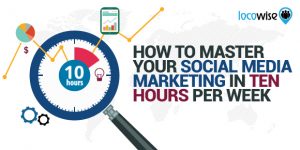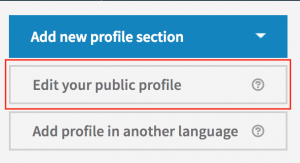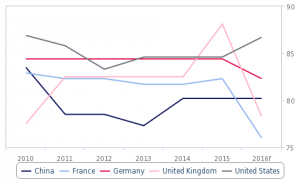
More than 100 years ago, Italian economist Vilfredo Pareto observed that 20% of the population in Italy owned 80% of the land, and that 20% of the pea pods held 80% of the peas in his garden.
Today, business owners everywhere rely on the Pareto principle to determine where to focus efforts and allocate funds.
For example, knowing that roughly 80% of sales come from 20% of their customers, astute business owners and sales managers will determine which clients and prospects should receive focused attention from sales reps.
Business Management Pareto Style
Applying this principle to key processes, businesses can dramatically increase profitability by focusing on core areas and outsourcing the remaining ones. But on which functions, tasks, processes, etc., should you release your grasp—or loosen your stranglehold, as the case may be? What if you end up focusing on one to the expense of another, less vital, but still important activity that should not be overlooked?
It’s easy for the small business owner to let such concerns trap them into the counterproductive habit of trying to handle everything themselves. A recent survey by The UPS Store® revealed that while small business owners do see the value of working with other businesses (nearly 75% said it’s important to have a resource in the form of another small business that understands their needs), only 52% have connected with such a resource. And although 46% of small business owners would appreciate having a local resource that they can rely on for help, a paltry one quarter of respondents actually have a business partner that provides such support.
Don’t Hold Your Business Back
You can confidently delegate those logistical functions that do not add significant value to your business to an outsourced provider. Their trained staff can provide the expertise to efficiently handle even the most complex and daunting of tasks.
But you don’t have to stop there. Create even greater business efficiency by taking the Pareto principle one step further. You see, of the 80% of business functions that you turn over to an outsourced provider, most do not require the attention of a fully staffed service provider. Many processes can be executed—quite efficiently, in fact—using cloud-based software.
SaaS, the New Equalizer for Small Businesses
With the advent of software as a service SaaS solutions, small businesses have the ability to “run” these logistical functions much more simply—and without giving up control to an outsourced service provider. It’s the equivalent of using the self-service kiosk to check your own groceries instead of waiting in line for one of the supermarket checkers to do it for you.
For example, you can apply the 80/20 rule to incorporate key SaaS solutions to do things like run digital phone systems, and take care of time-consuming payroll, HR and recruiting tasks.
So focus on your strengths—and let either a qualified service provider or a cloud-based software solution assist you with everything else. By finding a reliable provider or SaaS solution for as many of your non-core business functions as possible, you’ll get better results, have fewer headaches and see greater revenue.
Remember, you don’t have to do it all alone. Take full advantage of the many and varied resources that exist to help small businesses grow and thrive.
This post originally appeared on the InsideUp blog.
Business & Finance Articles on Business 2 Community
(278)










